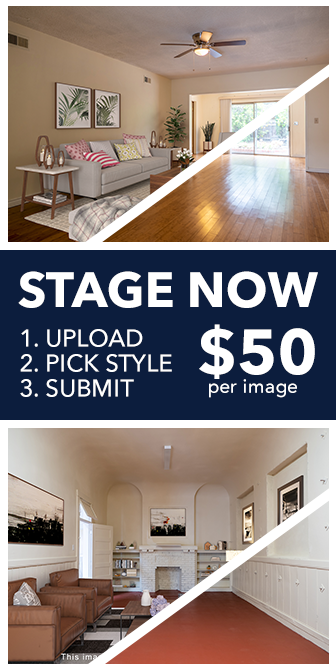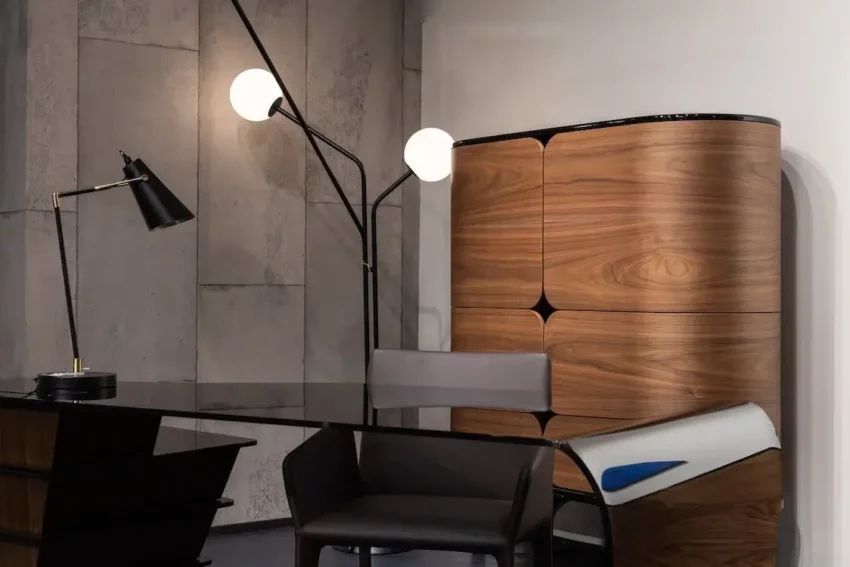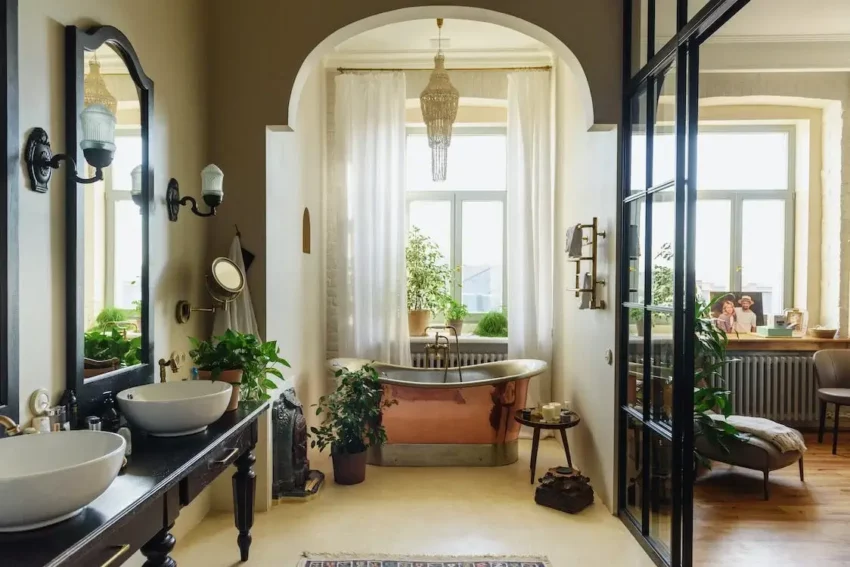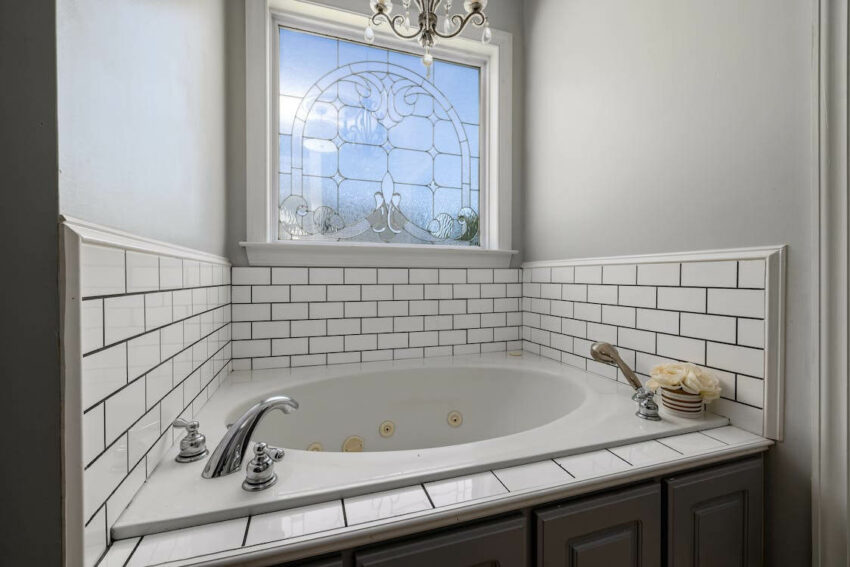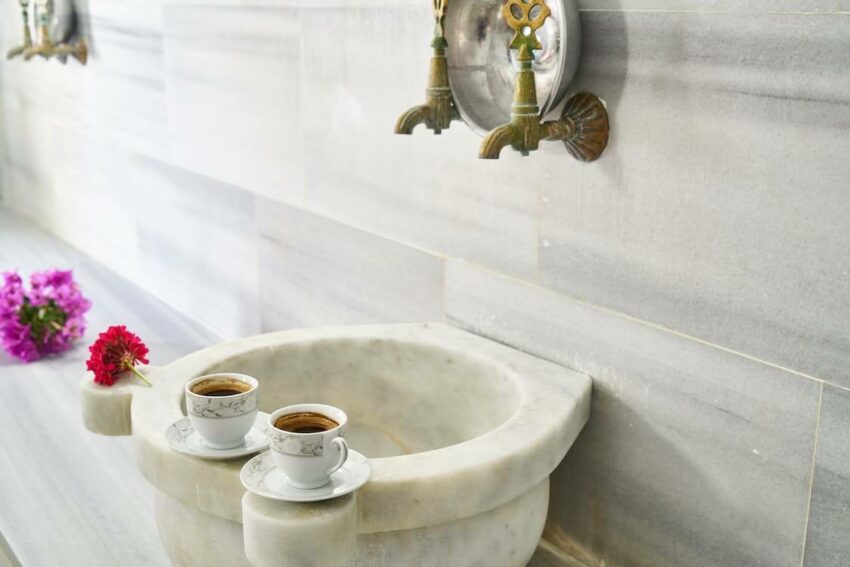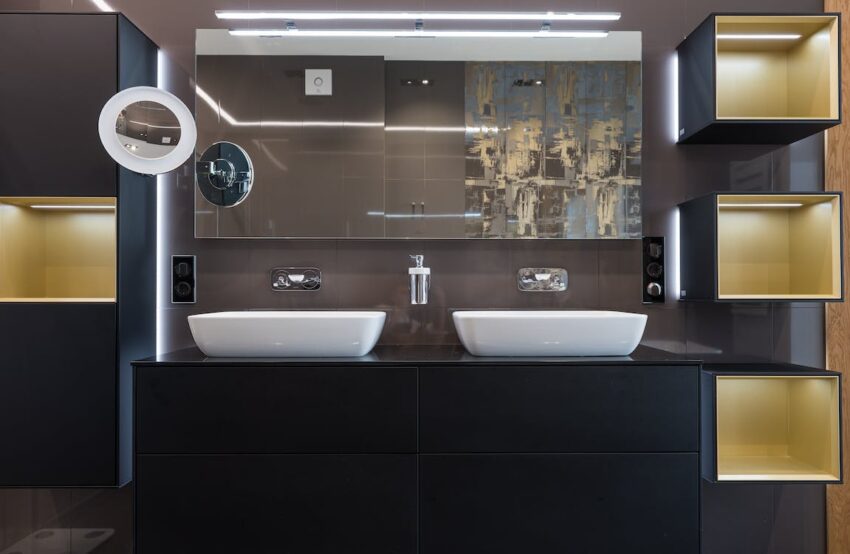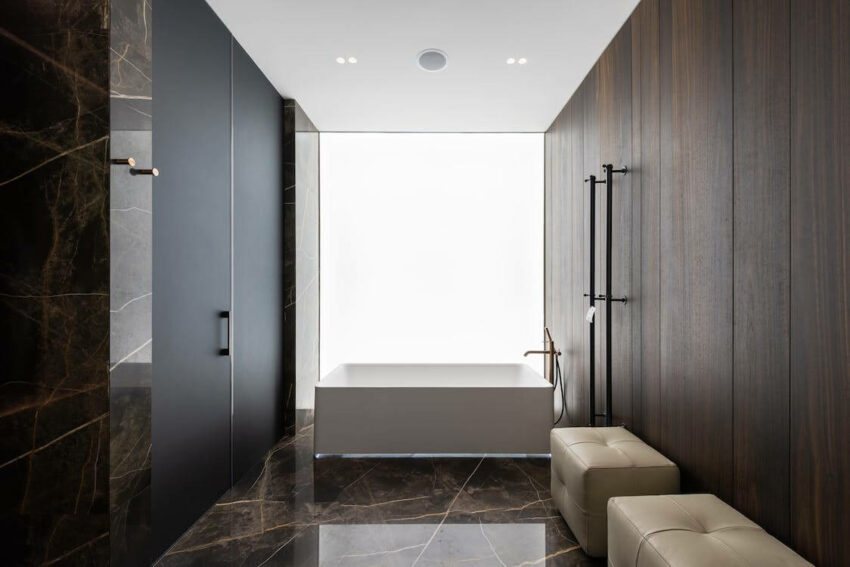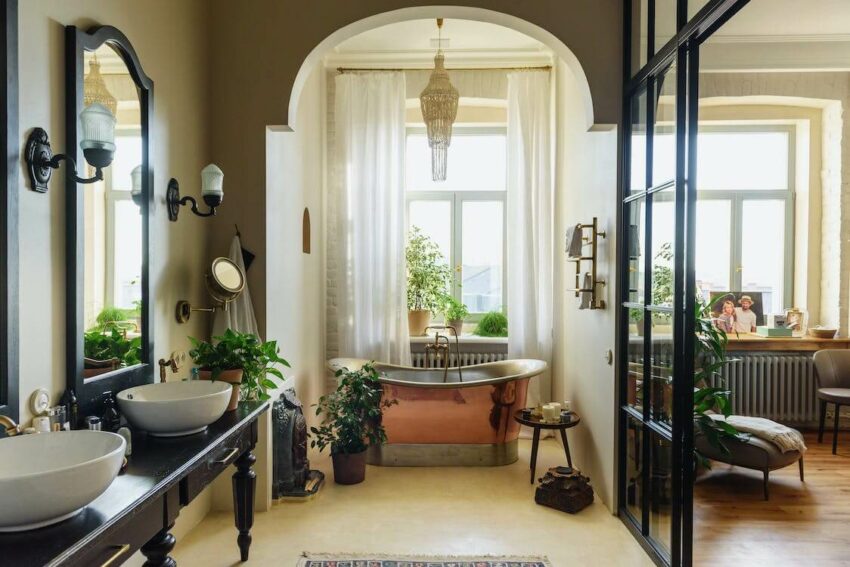“Unveiling the Timeless Elegance: Exploring Italian Architecture”
Italy, a country steeped in history, art, and culture, is not only known for its exquisite cuisine and breathtaking landscapes but also for its rich architectural heritage. From the grandeur of ancient Rome to the intricate detailing of Renaissance masterpieces, Italian architecture has left an indelible mark on the world. In this blog post, we embark on a captivating journey through the enchanting realms of Italian architecture, uncovering its historical significance, iconic styles, and enduring influence on the global architectural landscape.

Exploring Italian Architecture
Exploring Italian architecture is like embarking on a captivating voyage through the annals of human history and artistic expression. Italy’s architectural legacy is a tapestry woven from the threads of ancient civilizations, medieval craftsmanship, and Renaissance innovation. From the grandeur of the Colosseum and the timeless beauty of Florence’s Duomo to the enchanting canals of Venice and the harmonious facades of Tuscan villas, every stone, arch, and fresco tells a story of the nation’s rich cultural heritage.
One cannot overlook the impact of Renaissance architecture, which emerged as a beacon of intellectual and artistic renaissance. The pioneering works of architects like Brunelleschi and Alberti exemplify the era’s emphasis on proportion, harmony, and the revival of classical aesthetics. The Uffizi Gallery in Florence and the Palazzo Farnese in Rome stand as living testaments to the Renaissance’s enduring influence, showcasing intricate detailing, symmetrical layouts, and an unwavering pursuit of architectural excellence.
Italy’s architectural journey doesn’t halt at its historical gems; it continues to evolve, with contemporary architects embracing a harmonious blend of tradition and innovation. Modern Italian architects like Renzo Piano have left their mark on the global architectural landscape with groundbreaking designs that embrace environmental sustainability and cutting-edge technologies. From Milan’s iconic Pirelli Tower to Rome’s Auditorium Parco della Musica, modern Italian architecture stands as a bridge between the nation’s storied past and its future aspirations, embodying a spirit of creativity that has echoed through the ages.
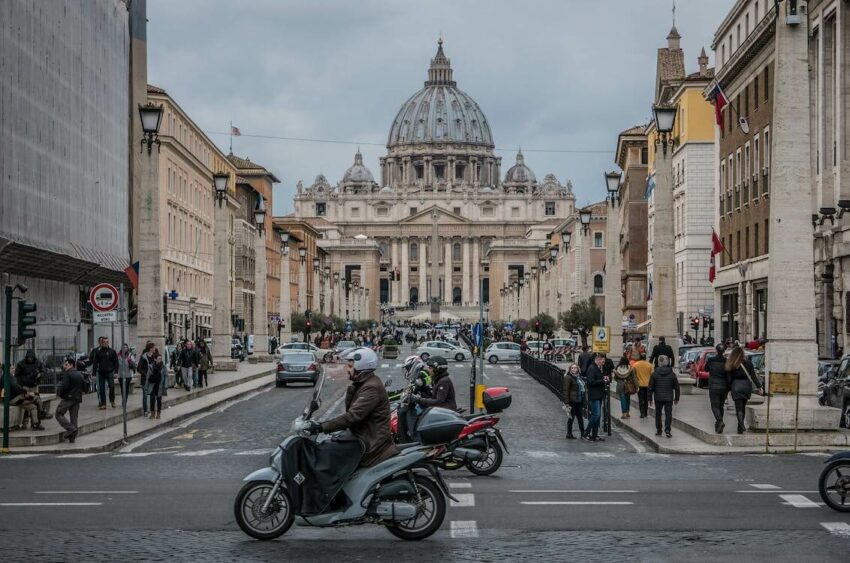
Echoes of the Past: Ancient Roman Marvels
The foundations of Italian architecture are rooted in the grand achievements of the Roman Empire. Magnificent structures like the Colosseum, an emblem of engineering brilliance, and the Pantheon, a testament to Roman ingenuity, continue to awe and inspire with their scale, proportion, and enduring structural integrity. The use of arches, vaults, and domes in these ancient wonders laid the groundwork for architectural techniques that would shape the course of history.
The ancient Roman architectural marvels stand as testament to the ingenuity, engineering prowess, and lasting impact of the Roman civilization. From monumental structures that have endured for millennia to engineering innovations that shaped modern construction practices, these marvels continue to captivate and inspire. Here are a few remarkable examples:
- The Colosseum: The Colosseum, also known as the Flavian Amphitheatre, is perhaps the most iconic ancient Roman structure. Completed in AD 80, this massive arena could hold up to 80,000 spectators and hosted gladiatorial contests, mock sea battles, and other spectacles. Its innovative design features a complex system of ramps, corridors, and trapdoors that allowed for quick and dramatic scene changes, captivating the audience.
- The Pantheon: The Pantheon is a masterpiece of ancient Roman architecture and engineering. Built in 125 AD by Emperor Hadrian, it boasts a stunning domed rotunda with a central oculus that serves as the building’s main source of light. The design showcases the Roman’s advanced understanding of concrete, allowing for the creation of a large, unsupported dome that remains the world’s largest unreinforced concrete dome to this day.
- The Roman Forum: The Roman Forum was the heart of ancient Rome, serving as a public space for political, religious, and social activities. It features a collection of temples, basilicas, and government buildings, including the Temple of Saturn and the Arch of Septimius Severus. The Forum offers insights into Roman architecture and urban planning, illustrating the interconnectedness of public life and architecture.
- Aqueducts: The Roman aqueducts are a marvel of engineering that revolutionized water supply systems. These intricate networks of channels, tunnels, and arches transported water over vast distances to provide cities with clean water for public baths, fountains, and households. The Pont du Gard in France is one of the most well-preserved examples, showcasing the Roman mastery of arched construction.
- Trajan’s Column: Erected in 113 AD to commemorate Emperor Trajan’s victory in the Dacian Wars, Trajan’s Column stands as a remarkable fusion of architecture and art. The column is adorned with a continuous spiral frieze depicting scenes from the wars, providing a vivid historical narrative.
These ancient Roman architectural marvels reflect the civilization’s dedication to innovation, grandeur, and functional design. They continue to be a source of inspiration for architects, engineers, and history enthusiasts, offering a glimpse into the extraordinary accomplishments of an ancient empire that has left an indelible mark on the world.

Renaissance Revival: The Art of Balance and Harmony
The Renaissance era ushered in a revival of art, culture, and architecture, with Italy at its epicenter. The likes of Filippo Brunelleschi and Leon Battista Alberti championed principles of symmetry, proportion, and humanism. Florence’s Cathedral of Santa Maria del Fiore and the harmonious facades of Venetian palazzos exemplify the Renaissance pursuit of perfect balance between form and function, marking a transition from the medieval to the modern.
Renaissance Revival architecture, also known as Neo-Renaissance architecture, is a style that emerged in the 19th century as a nostalgic revival of the classical forms, aesthetics, and principles of the Italian Renaissance period. This architectural movement aimed to recapture the elegance, symmetry, and humanistic values of Renaissance architecture while adapting them to the context of the modern era. Often characterized by ornate detailing, balanced proportions, and a sense of grandeur, Renaissance Revival architecture became popular across Europe and North America.
One of the defining features of Renaissance Revival architecture is its emphasis on symmetry and proportion. Buildings designed in this style often exhibit a balanced arrangement of elements, with facades divided into sections that reflect the classical orders – Doric, Ionic, and Corinthian. Arched windows, pilasters, and entablatures are commonly used to evoke the classical aesthetic.
Ornamentation plays a significant role in Renaissance Revival architecture. Elaborate carvings, decorative moldings, and intricate sculptures are used to adorn facades, entrances, and interior spaces. These embellishments echo the intricate detailing seen in original Renaissance structures, reflecting a dedication to craftsmanship and a desire to evoke the sense of cultural refinement associated with that period.
Renaissance Revival architecture also embraces a variety of building types, from public structures like government buildings, libraries, and museums to grand residences and university campuses. Examples of this style include the Rijksmuseum in Amsterdam, the Albert Memorial in London, and the New York Public Library. These buildings often combine historical references with contemporary construction techniques, aiming to recreate the aura of classical beauty while accommodating the practical needs of the time.
In essence, Renaissance Revival architecture serves as a bridge between the past and the present, embodying a longing for the ideals of the Renaissance while incorporating the advancements of the 19th and 20th centuries. This architectural revival demonstrates the enduring influence of historical aesthetics and serves as a testament to the timeless allure of classical design principles.

Baroque Extravaganza: Drama and Dynamism
The Baroque movement swept through Italy, giving rise to architecture that exuded drama, emotion, and dynamism. Gian Lorenzo Bernini’s St. Peter’s Square in Vatican City is a triumph of theatricality, with its sweeping colonnades embracing visitors in an embrace of faith. Meanwhile, the flamboyant excesses of Francesco Borromini’s Sant’Ivo alla Sapienza showcase the Baroque’s affinity for curvilinear forms and intricate detailing.
Baroque architecture is a flamboyant and exuberant style that emerged in Europe during the late 16th century and continued into the 18th century. Characterized by its dynamic forms, lavish ornamentation, and dramatic use of light and shadow, Baroque architecture reflects the artistic spirit of the Counter-Reformation and the desire to create awe-inspiring spaces that evoke intense emotions and convey the power and glory of the Catholic Church.
One of the hallmark features of Baroque architecture is its sense of movement and drama. Buildings in this style often feature curvilinear forms, undulating facades, and intricate detailing that draw the eye and create a sense of motion. The façades are frequently characterized by bold contrasts between light and shadow, achieved through the use of deep relief sculptures, ornate carvings, and contrasting materials.
The use of light is another defining element of Baroque architecture. Architects embraced the interplay between natural and artificial light to create theatrical effects. Buildings like churches and palaces often featured large windows, domes, and cupolas that allowed light to flood interior spaces, accentuating the ornate decorations and imbuing the interiors with a sense of celestial radiance.
Baroque architecture reached its zenith in Italy, where architects like Gian Lorenzo Bernini and Francesco Borromini left an indelible mark with their designs. The Basilica of St. Peter’s in Rome, with its grand dome and sweeping colonnades in St. Peter’s Square, stands as one of the most iconic Baroque structures. Other notable examples include the Palace of Versailles in France, the Church of San Carlo alle Quattro Fontane in Rome, and the Karlskirche in Vienna.
Baroque architecture’s influence extended beyond Europe to the Americas, where it left its mark on grand cathedrals and palaces. Despite its extravagance and ornamental opulence, Baroque architecture remains a testament to the creative energy and artistic innovation of its time, showcasing a bold departure from the restraint of earlier architectural styles.

Architectural Grandeur of the Renaissance: Venice and Its Palazzos
Venice, a city built on water, boasts a unique architectural identity. Its palazzos along the Grand Canal are a testament to the city’s opulent past as a powerful maritime empire. The Doge’s Palace and Ca’ d’Oro exemplify Venetian Gothic and Renaissance architecture, with intricate facades, ornate balconies, and a remarkable interplay between light and water.
The architectural grandeur of Venice is a breathtaking testament to the city’s historical significance, artistic prowess, and unique urban context. Built on a network of canals and islands, Venice’s architectural heritage is a blend of Byzantine, Gothic, Renaissance, and Baroque styles, creating a captivating tapestry of structures that have withstood the test of time.
Venice’s most iconic architectural marvel is perhaps St. Mark’s Basilica. This masterpiece of Byzantine architecture is adorned with intricate mosaics that glisten in the sunlight, depicting religious and historical scenes. The grandeur of the basilica extends to its Campanile, a free-standing bell tower that offers panoramic views of the city and its labyrinthine canals.
The city’s labyrinthine layout is punctuated by majestic palazzos, showcasing Venetian Gothic and Renaissance styles. The Doge’s Palace, with its pink and white marble façade, served as the political and administrative center of the Venetian Republic. The Ca’ d’Oro, known for its delicate tracery of arches and intricate detailing, epitomizes Venetian Gothic elegance.
The Grand Canal, Venice’s main waterway, is lined with palatial structures that once housed the city’s wealthy merchants and nobility. The Palazzo Venier dei Leoni, now home to the Peggy Guggenheim Collection, exemplifies modernist architectural adaptation in Venice, while the Ca’ Rezzonico showcases the opulence of the Baroque period.
The Rialto Bridge, an architectural icon spanning the Grand Canal, is a testament to the city’s engineering ingenuity. Its sweeping arch and bustling market square below make it a vibrant symbol of Venetian life.
Venice’s architectural grandeur extends beyond individual structures. The city’s squares, or “campi,” like the Piazza San Marco and Campo Santa Maria Formosa, are surrounded by architectural gems that collectively create a harmonious urban fabric.
The architectural grandeur of Venice stands as a testament to the city’s unique identity, its historical and cultural significance, and its enduring allure as a living museum of architectural marvels, where each building tells a story of a city that once ruled the seas and continues to capture the imagination of visitors from around the world.

Modern Italian Architecture: Blending Tradition and Innovation
Italy’s architectural prowess didn’t halt with the historical eras. The 20th century saw the emergence of modern architects like Renzo Piano and Massimiliano Fuksas, who seamlessly blended contemporary design with Italy’s rich heritage. The iconic Pompidou Centre in Paris and the Fiera di Roma exhibition complex showcase Italy’s ongoing commitment to pushing artistic and technological boundaries.
Modern Italian architecture seamlessly blends the country’s rich historical legacy with cutting-edge design, sustainability, and technological innovation. Architects in Italy have forged a path that harmonizes tradition and contemporary creativity, resulting in structures that captivate the eye and push the boundaries of architectural expression.
Renzo Piano, one of Italy’s most renowned contemporary architects, has left an indelible mark on the global architectural landscape. The Pompidou Centre in Paris, a collaboration with Richard Rogers, exemplifies Piano’s dedication to functional transparency, with its exposed structural elements and colorful exterior. In Italy, the Parco della Musica Auditorium in Rome showcases his ability to blend natural light and fluid lines, creating a dynamic space for music and performance.
The MAXXI National Museum of 21st Century Arts in Rome, designed by Zaha Hadid, stands as a testament to her visionary approach. This contemporary masterpiece combines flowing lines and innovative use of space, creating an environment that challenges conventions and houses a diverse collection of modern art.
Sustainable architecture has also flourished in Italy. The Bosco Verticale (Vertical Forest) in Milan, designed by Stefano Boeri, showcases the integration of greenery into urban spaces. With its residential towers covered in trees and plants, this structure not only provides a striking visual but also contributes to air quality and biodiversity.
Massimiliano Fuksas’ designs, such as the Fiera di Roma exhibition complex and the Milan Trade Fair, demonstrate Italy’s embrace of avant-garde architecture. These buildings merge complex forms with functionality, embodying a bold approach that reflects the spirit of innovation.
In essence, modern Italian architecture is a vibrant blend of historical reverence and contemporary exploration. Whether through the revival of historical contexts or the pursuit of cutting-edge sustainability, Italian architects continue to redefine the boundaries of design, leaving their mark on a world that admires both tradition and progress.
Conclusion: Where the Past and Future Converge
Italian architecture is a timeless tale of artistic brilliance, innovation, and cultural resonance. From ancient ruins to modern marvels, Italy’s architectural legacy weaves together threads of history, culture, and human ingenuity. As we journey through the captivating landscapes of Italian architecture, we’re reminded that its enduring influence continues to shape our world, inspiring architects and enthusiasts alike to celebrate the marriage of aesthetics and functionality in the creation of enduring structures.






